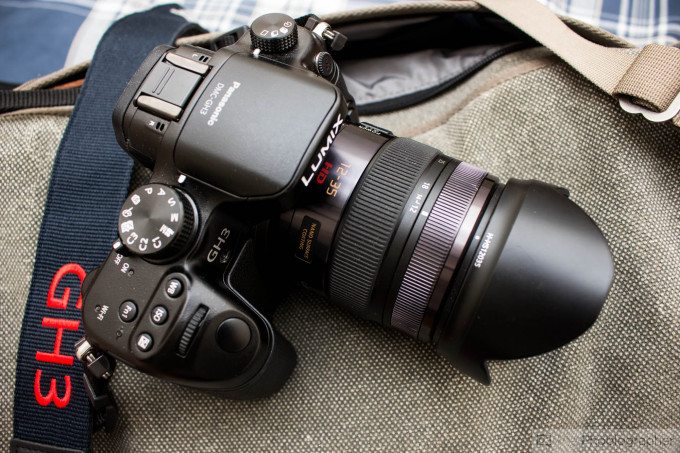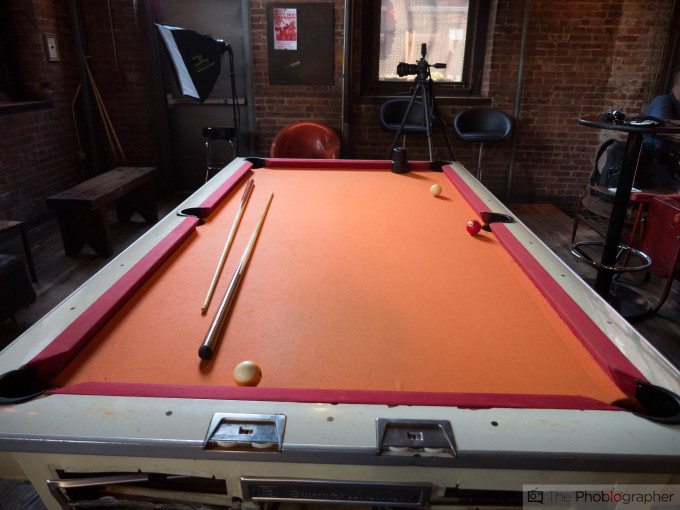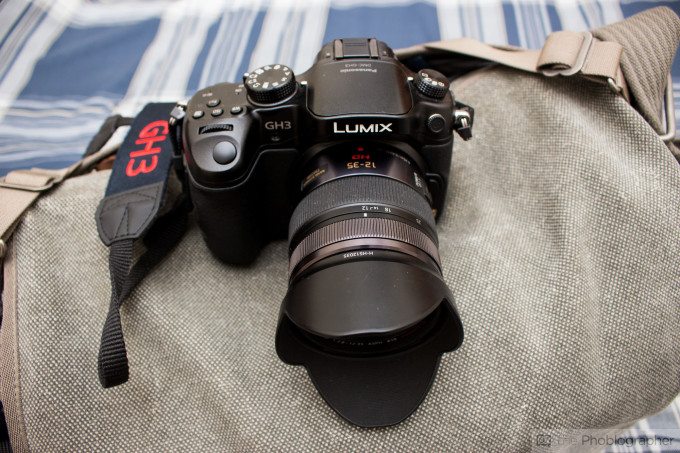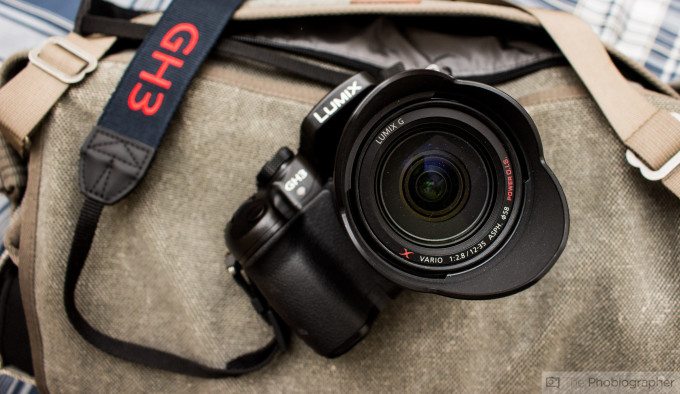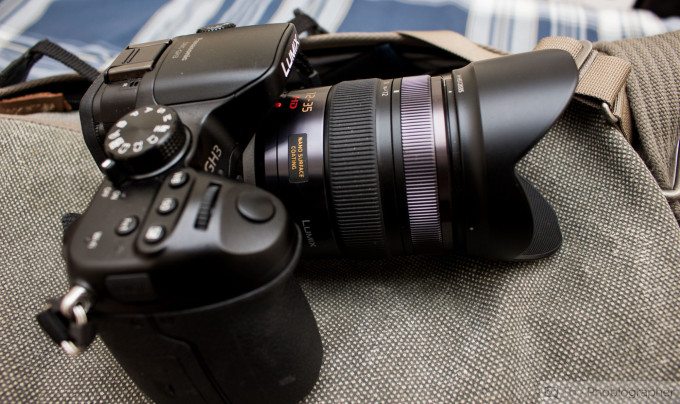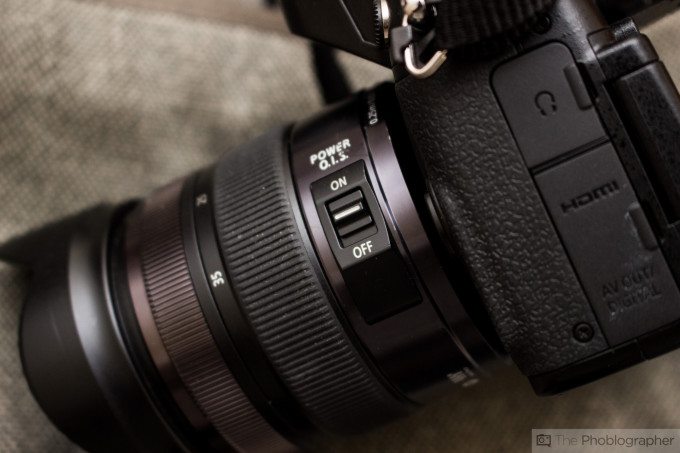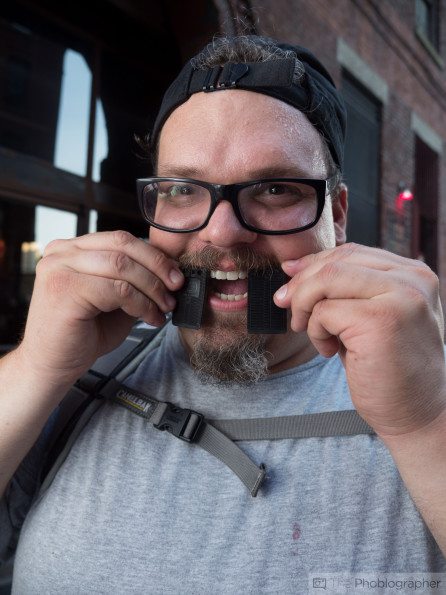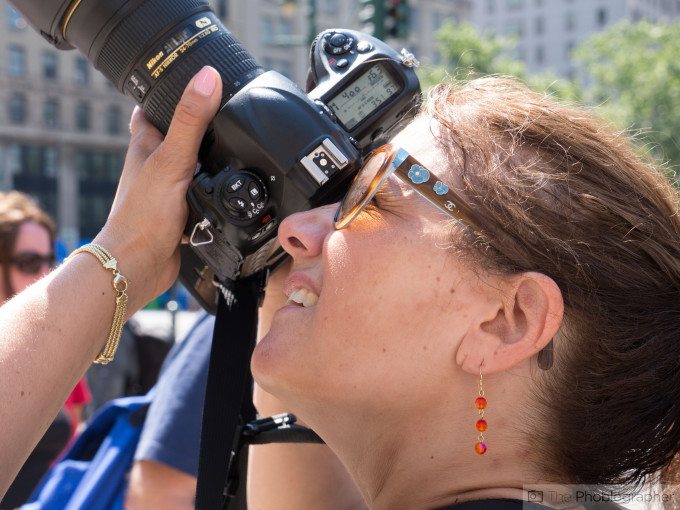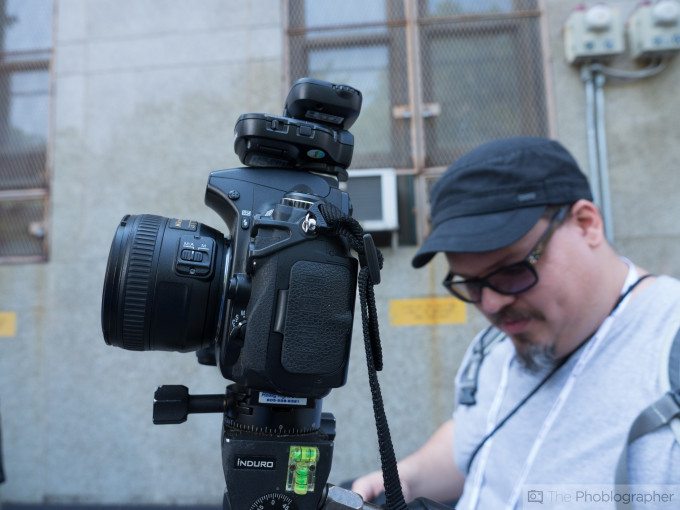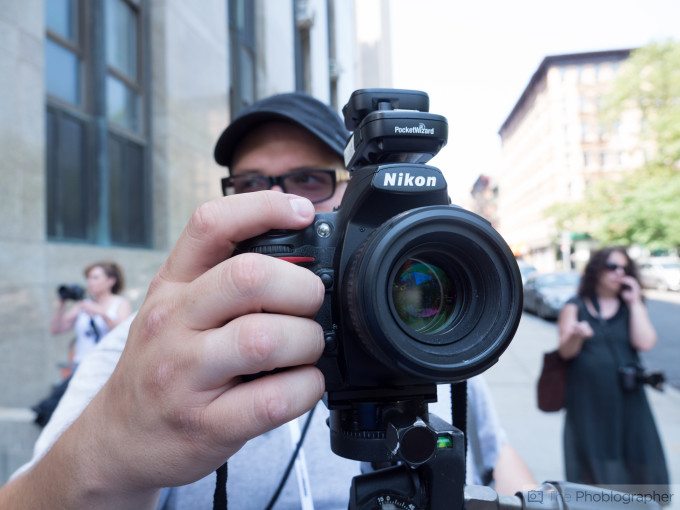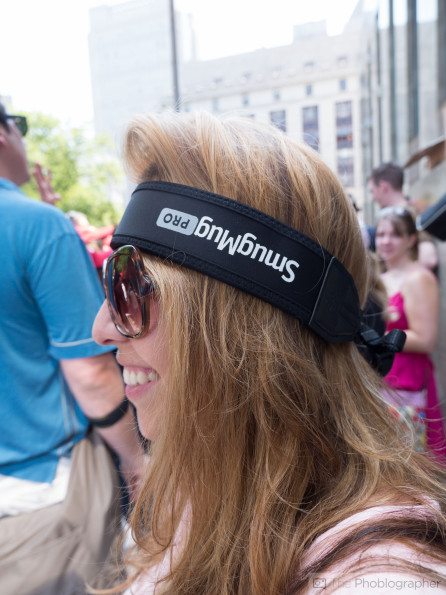Last Updated on 07/05/2013 by Chris Gampat
Panasonic has been catering quite a bit to the professional crowd with their lenses. The 12-35mm f2.8 lens is no exception as it offers a focal length range equivalent to the very popular 24-70mm f2.8 lenses that are a mainstay in the bags of many photographers. But to sweeten the deal even more, Panasonic included optical stabilization and weather-sealing built into the lens.
As a lens with 9 groups and 14 elements, this couldn’t have been the simplest lens to design when you throw in the image stabilization and the weather sealing.
But if you’re looking for a zoom, we’re happy to say that without a doubt this is so far the best zoom lens that you can get your hands on in the Micro Four Thirds world.
Pros and Cons
Pros
– Excellent build quality
– Fairly small zoom lens
– Optical stabilization is quite nice
– Sharp wide open and reaches its maximum at around f4
– Weather sealing
Cons
– Expensive lens
– Only f2.8. Olympus created F2 zooms back in the days of standard Four Thirds
– A bit more distortion that we’d like to see at the wide end
Gear Used
For this review, we used the Panasonic 12-35mm f2.8 with the GH3, Yongnuo 560 III and the Westcott Rapid Box.
Tech Specs
Specs taken from the B&H Photo listing of the lens
| Features | |
|---|---|
| Image Stabilization | Yes |
| Autofocus | Yes |
| Tripod Collar | No |
| Physical | |
|---|---|
| Filter Thread | Front: 58 mm |
| Dimensions (DxL) | Approx. 2.66 x 2.91″ (67.6 x 73.8 mm) |
| Weight | 10.76 oz (305 g) |
Ergonomics
The 12-35mm f2.8 is a fairly compact lens with external zooming that doesn’t just out much and helps to keep the overall package even more compact in real life use. Essentially, you won’t have to worry about it accidentally hitting someone or something.
And with that said, the lens is fairly simple in its exterior design.
Something that is also worth noting is the fact that the lens’ front element isn’t so large and doesn’t really come out either when zooming in or out. However, we still recommend a good lens hood just to protect your new investment.
The lens is designed so that the zooming ring is in back and the focusing ring is in front. For the overall size of the lens, the rings are adequate in proportion–which then translates into a better feel.
We barely manually focused with this lens though. The focusing is really just that quick and accurate.
Also of note is the only switch on the side of the lens: which controls the OIS functionality (Optical Image Stabilization). The switch won’t be hit by your fingers accidentally–and that is overall just so much better for performance. But just keep this in mind when you decide to switch to using a tripod.
Build Quality
The build quality of this lens didn’t really blow us away. Sure, there is weather-sealing built-in, but the exterior feels very plasticky. That almost takes away from all the effort that Panasonic put into the creation of this lens. If you can get your mind around this though, then don’t worry about it.
But with the way that many modern lenses are being designed, I would’ve much preferred the feel of metal in my hands.
During our review period, we took it out for a walk in Williamsburg, Brooklyn while a rain shower was coming down. This lens worked perfectly.
Autofocus
When we mounted this lens to the Panasonic GH3, the focusing was super quick. That is something that is important for event and wedding photographers who want to purchase this lens. However, it wasn’t as nimble on the OMD EM5. Perhaps this has to do with Panasonic’s focusing algorithms vs Olympus’s.
It even nailed it without any issues in low lighting–and the only touchy situations were when we were very close to a subject.
Ease of Use
Point, shoot, redo–that’s really all that there is to a lens like this. Panasonic put some of the most popular focal lengths on the zoom ring to help photographers, but they didn’t incorporate some sort of distance scale in. That would have been a very nice addition for videographers–and there are loads of them who would want this lens.
Image Quality
The Panasonic 12-35mm f2.8 is the zoom lens that everyone should have in their camera bag–but unfortunately that isn’t possible due to the high price tag. The image quality is quite good and we can barely complain about the sharpness.
However, when this lens was announced, we were very curious as to why Panasonic decided to not make this a faster zoom lens. As it is, when you consider both the crop factor and the depth of field, this lens actually becomes a 24-70mm f4 OIS. If you’re okay with that, then I’ll leave you be. Note though that the lens will have the same light gathering capabilities at any given aperture and that only the depth of field changes.
And that builds up to an even bigger issue and it’s one that I’ve been stating for a while: f2.8 is too slow an aperture for Micro Four Thirds cameras. To really get some beautiful and creamy bokeh, you need super fast apertures at f1.4, f1.8 and maybe even f0.95. As a Micro Four Thirds user for years, I really hold myself to this statement.
We found the distortion on the wider end of the lens to be fairly well controlled, and on the longer end there really wasn’t any at all.
For those that really want to find something to complain about in forums, you’ll be sad to know that there is barely any color fringing. Sorry, no complaints here this time around.
Bokeh
This lens really doesn’t have very much bokeh to it except at the near macro ranges and when zoomed in all the way. Even then, if you’re purchasing a lens like this, we recommend that you don’t look to it for the bokeh effect.

Overall, I can’t really describe the bokeh as creamy either. In fact, it’s more like a slight haze. With that said, bokeh isn’t everything and those going for this lens really need to accept and understand that. While it can be beautiful and help you to tell a story more creatively, go for a faster prime lens to get it.
Sharpness

Though you won’t get the bokeh you may want, you can’t deny the sharpness that this lens offers and is characterized by. This is its best feature. It reaches its peak at around f5.6, but with a flash added to deliver specular highlights, even f8 can look amazing. Professionals looking for the sharpest zoom that they can get that offers a wide to semi normal field of view will get it with the 12-35mm f2.8 OIS.
Color Rendition
We felt that this lens delivers better color rendition on Olympus’s camera bodies than with Panasonic’s, as the latter’s are a bit too muted while Olympus’s has bright, vibrant, punchy color. Overall though, it isn’t too bad–but there are lenses that offer even better color in the Panasonic lineup.
Distortion
We saw more distortion on the wider end of the this lens than on the longer end. Even in the mid-range zone, there was a tad too much for our liking.
Color Fringing
None. None at all, except if you’re in super high contrast areas such as with a studio flash and very tightly scrunched together areas. But we saw almost nothing overall.
Extra Image Samples
Conclusions
While this lens delivers some premium sharpness, there are a couple of things that couldn’t get us excited about it. First off, even though it isn’t very large overall, we think that something like this could have been made even more compact. And while its 35-100mm f2.8 OIS cousin isn’t much larger, that lens’s quality is far more spectacular than this one.
The 12-35mm f2.8 OIS also doesn’t have such an excellent feel in the hand–and I spent a lot of time with it. The focal length range is quite good, and while that made it a personal favorite, we’re not exactly sure that we’d want to run with a lens like this when you also slap on the high price tag. In fact, I recommend just sticking with smaller primes instead that have faster apertures and can give you better image quality.
But if you’re really looking for a great zoom lens for the Micro Four Thirds camera system, this is it without question.
Recommended Accessories and Cameras
– Panasonic GH3: With the GH3, this lens will have the fastest focusing. The GH3 is also weather sealed–which is another plus when using a weather sealed lens like this. See our review here.
– Olympus OMD EM5: The OMD is also weather sealed, but you’ll suffer from a slower focusing algorithm when using this lens on an Olympus body.
– Yongnuo 560 III: If you’re a Micro Four Thirds user looking to get into the pro game arena, then this flash might be your best bet. It has radio transmission built in and the specular highlights it gives off will compliment this lens’s sharpness very well. You won’t be dissatisfied. See our review here.
Please Support The Phoblographer
We love to bring you guys the latest and greatest news and gear related stuff. However, we can’t keep doing that unless we have your continued support. If you would like to purchase any of the items mentioned, please do so by clicking our links first and then purchasing the items as we then get a small portion of the sale to help run the website.


